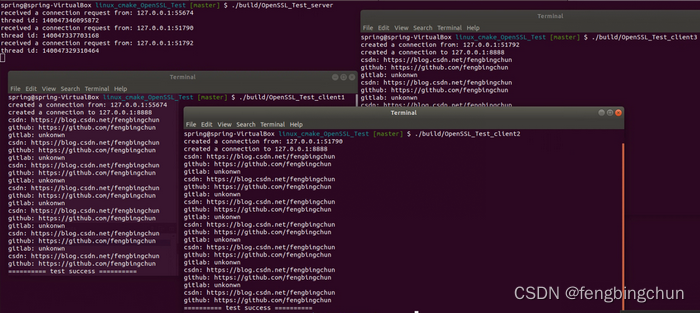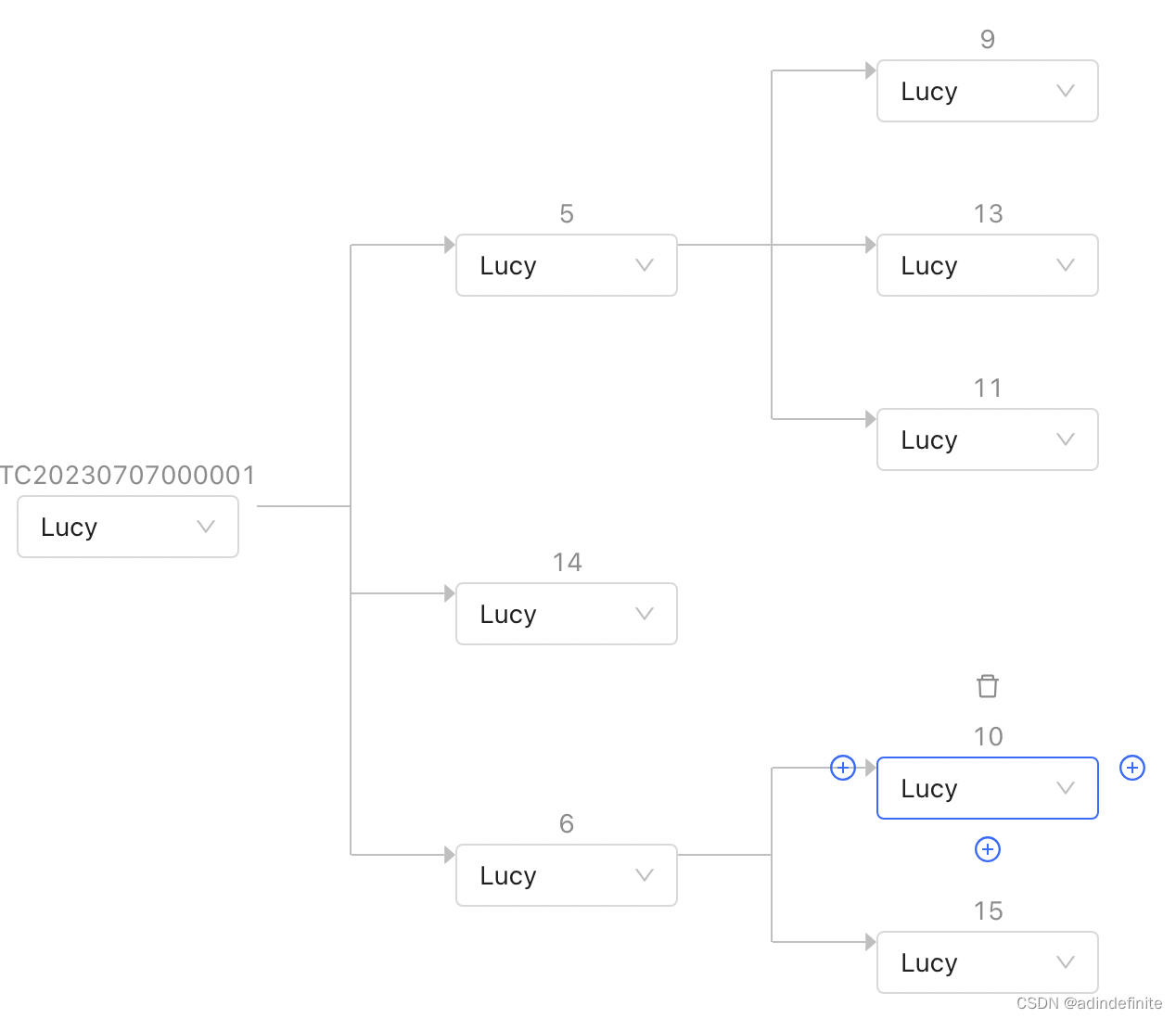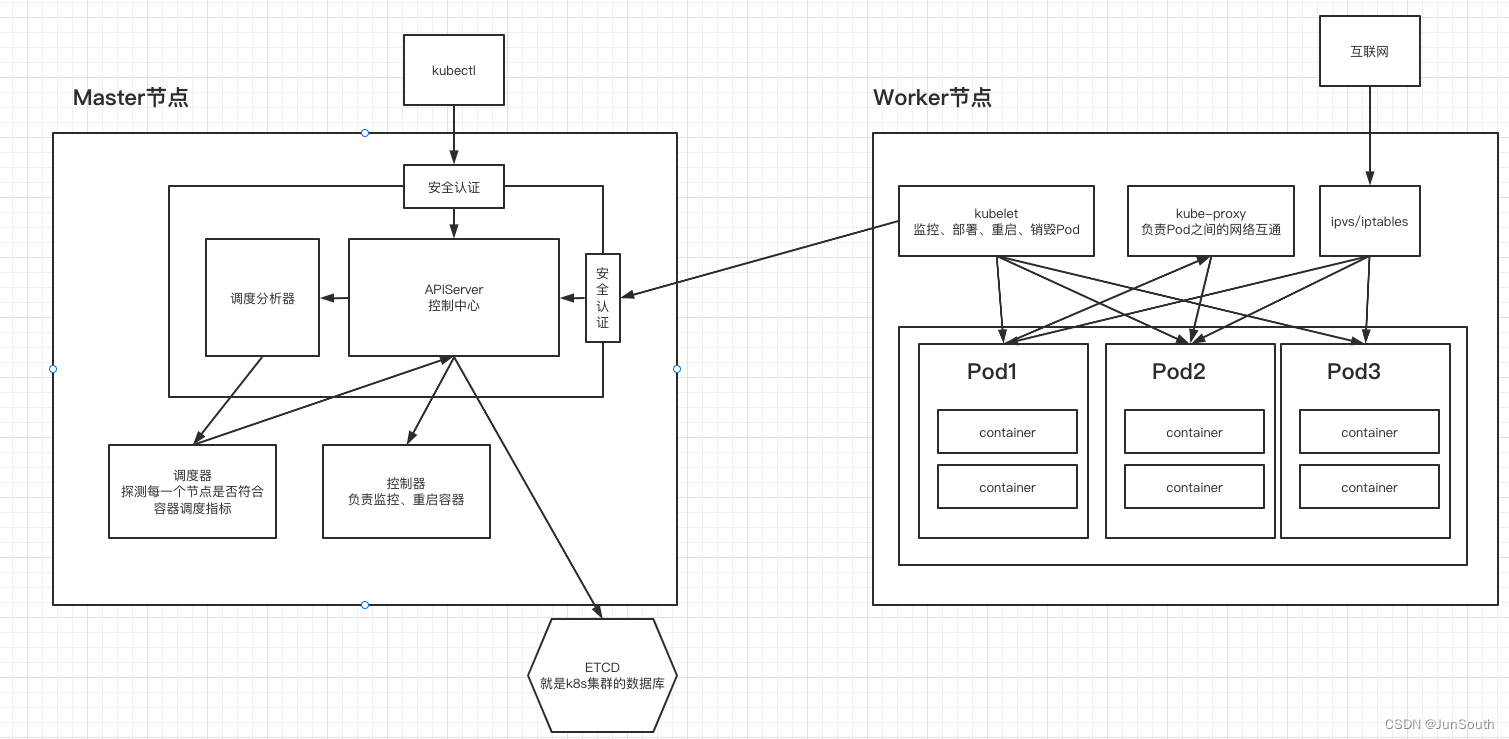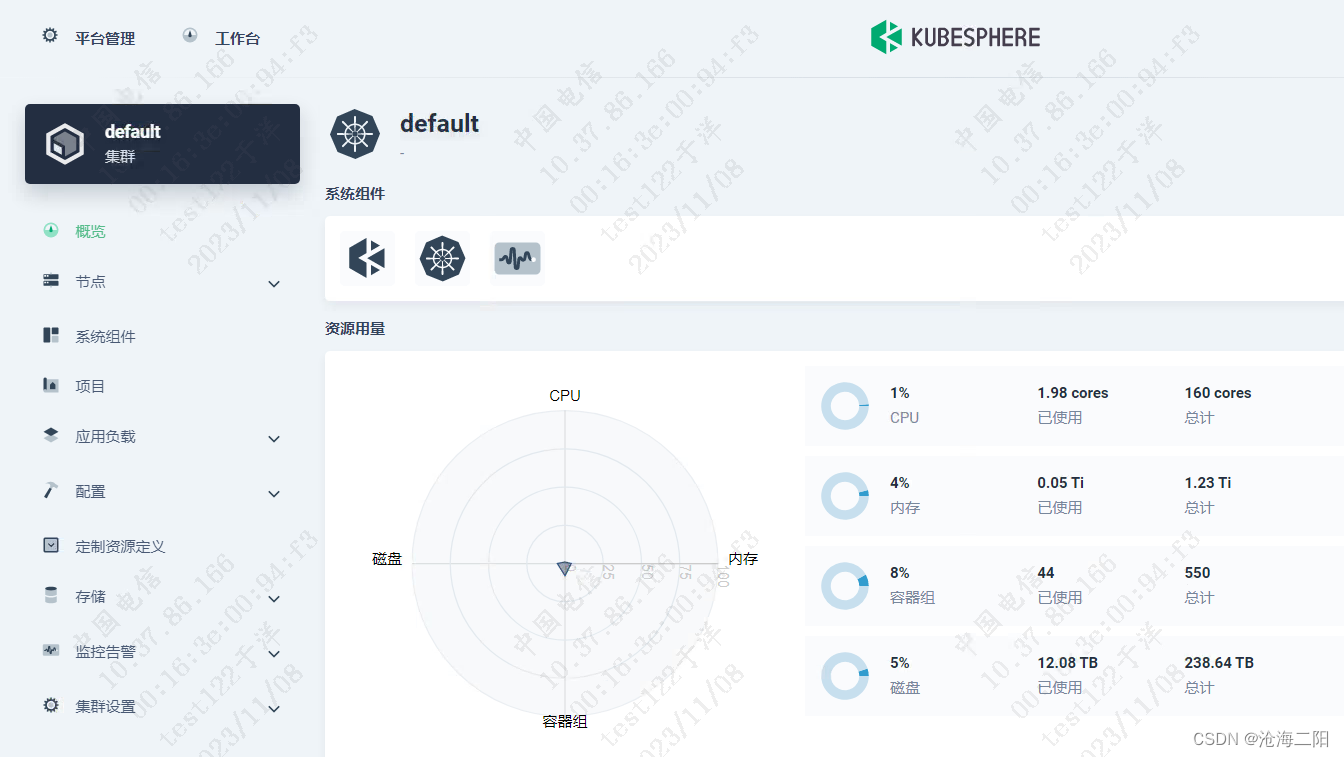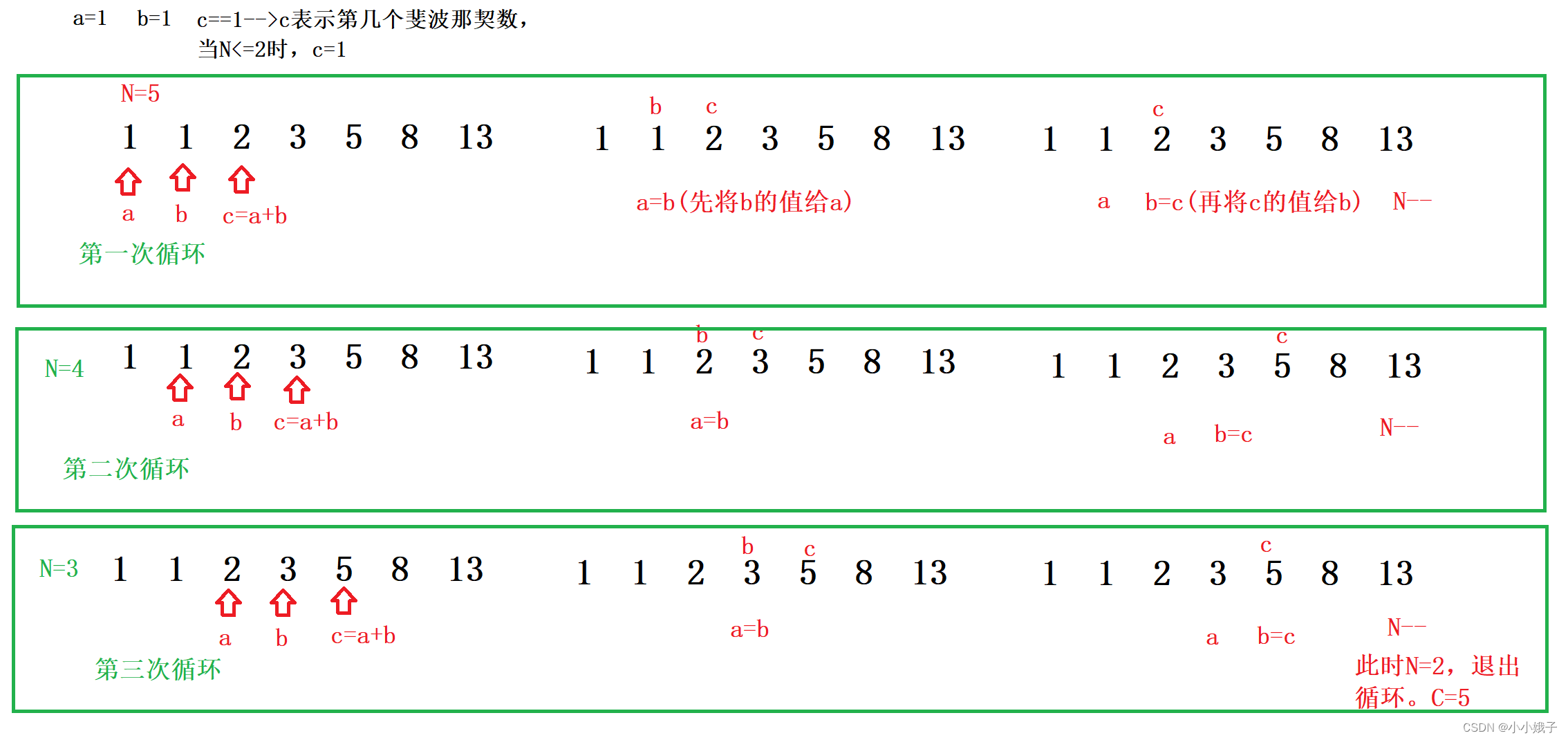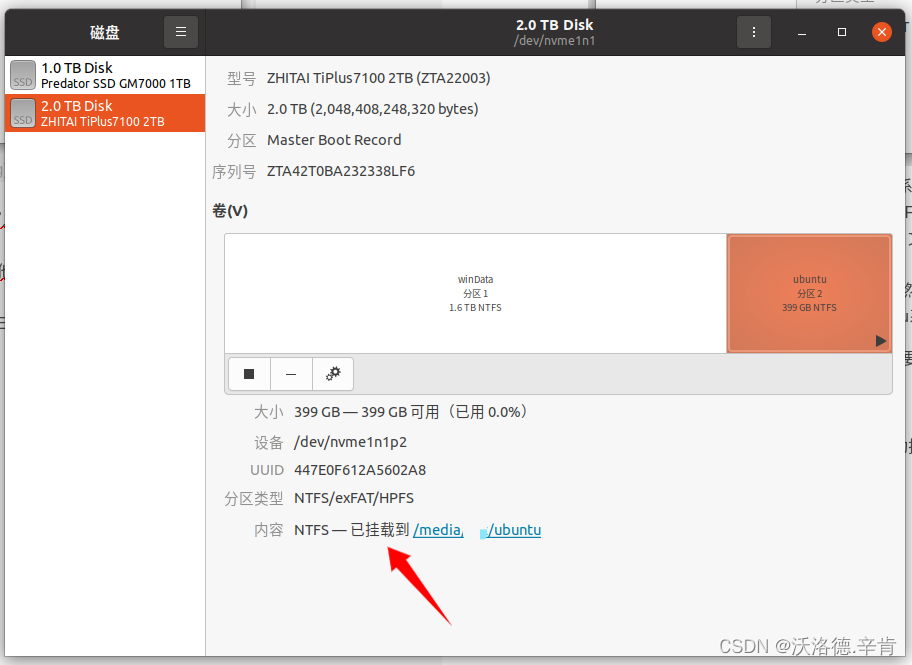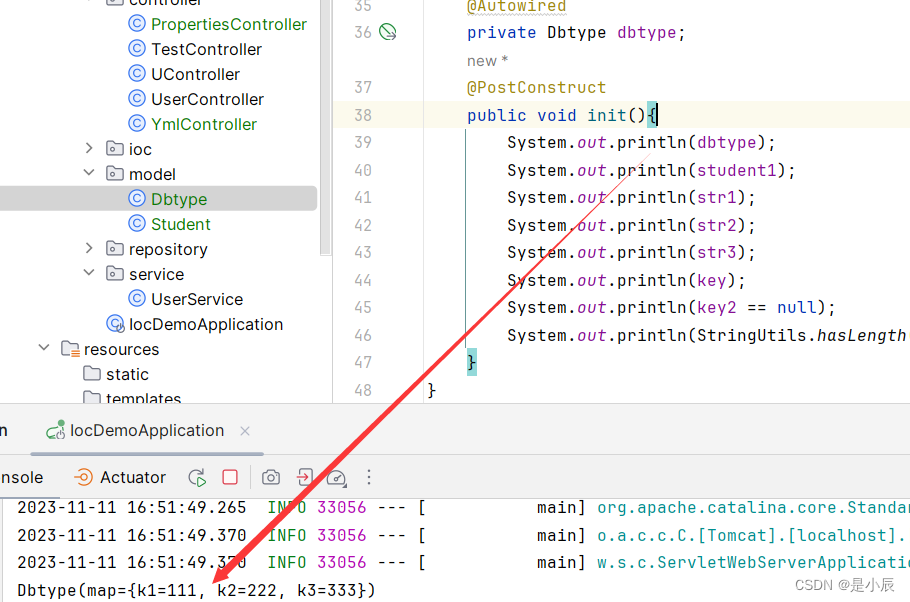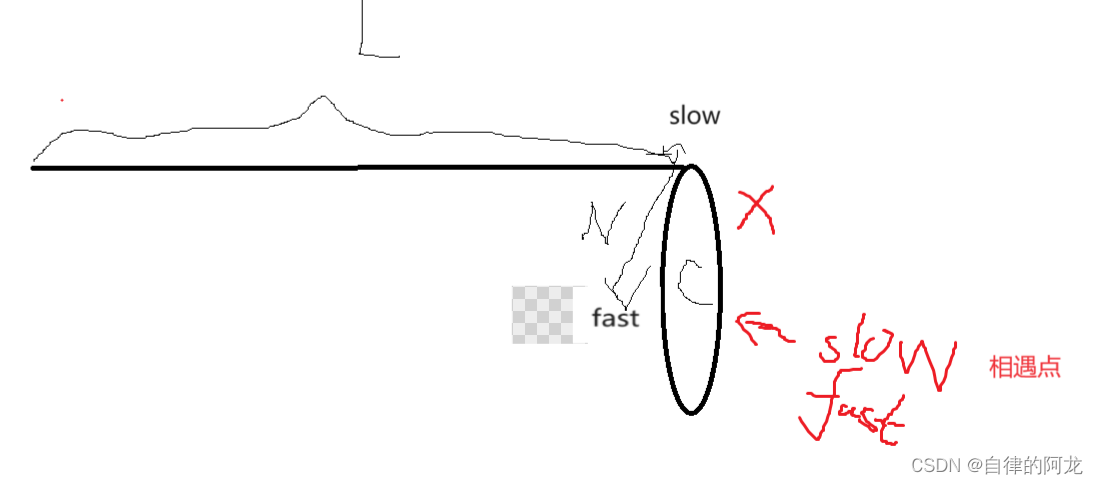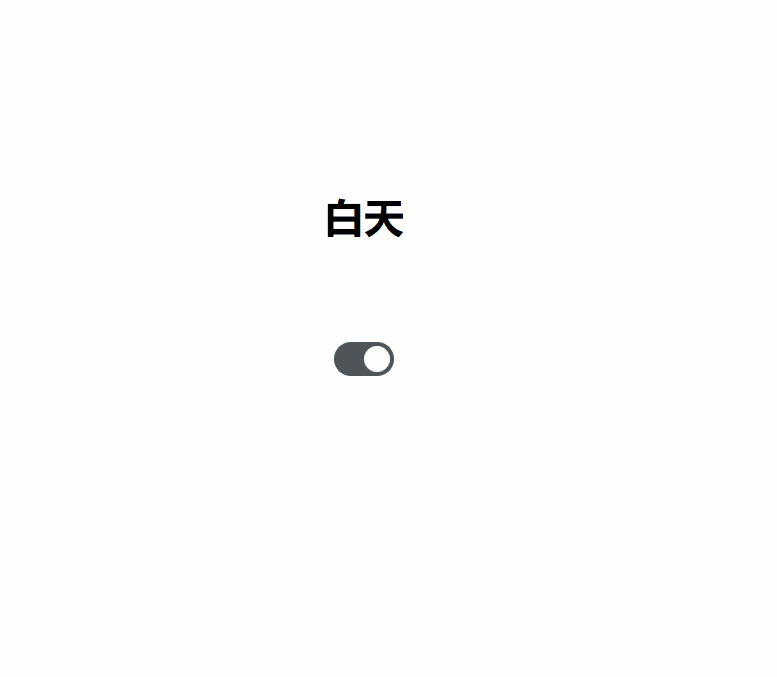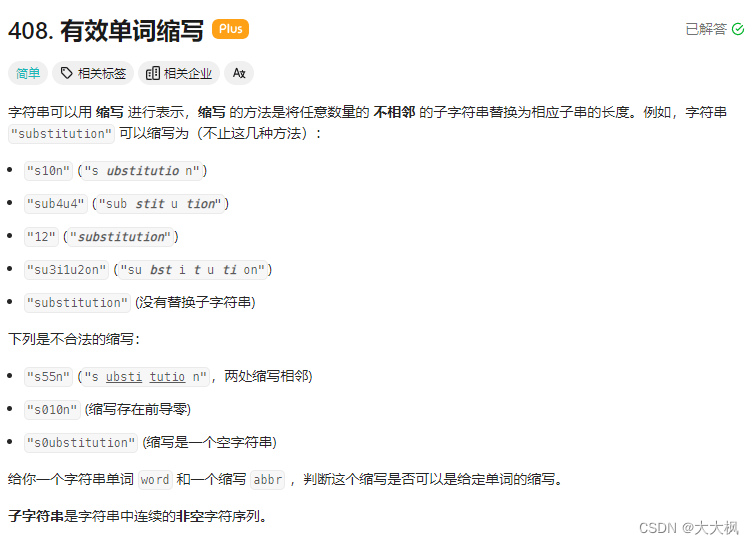前言
上一篇文章,分享了一个基于http封装的一个网络库,里面有一个知识点,在初始化的时候,可以设置请求头拦截和请求错误后的信息的拦截,具体案例如下:
Net.getInstance().init({netErrorInterceptor: new MyNetErrorInterceptor(), //设置全局错误拦截,需要自行创建,可在这里进行错误处理netHeaderInterceptor: new MyNetHeaderInterceptor(), //设置全局头拦截器,需要自行创建})当请求发生错误时,就会把错误信息回传至自定义的netErrorInterceptor里,同样的,当发起一次请求时,如果有请求头拦截,会先执行netHeaderInterceptor,把头参数传递,再执行request,请求模式如下:

我们需要知道的是,在鸿蒙开发中,不像Android中的okhttp,为我们提供了一定的拦截器,鸿蒙中的http这个系统的Api没有提供任何的拦截器概念的,这就导致了,我们如果想要实现统一的请求头拦截,或者统一的错误处理,就需要自己定义了。
如何实现呢,和上述中的流程图一样,进行回调处理。
本篇的文章大致内容如下:
1、初始化传入
2、工具类接收
3、进行使用
4、信息回传
5、相关总结
初始化传入
我们可以通过全局初始化,进行设置对应的拦截,当然了不限于这两种拦截,MyNetErrorInterceptor是自定义的错误拦截对象,需要继承NetErrorInterceptor,MyNetHeaderInterceptor是自定义的请求头拦截器对象,继承于NetHeaderInterceptor。
Net.getInstance().init({netErrorInterceptor: new MyNetErrorInterceptor(), //设置全局错误拦截,需要自行创建,可在这里进行错误处理netHeaderInterceptor: new MyNetHeaderInterceptor(), //设置全局头拦截器,需要自行创建})需要注意的是,在同模块下,我们可以使用接口创建我们的拦截对象,如果你想要打har包,或者不同的模块,使用接口导出export是有问题的,如何解决呢,使用抽象类作为拦截对象,代码如下:
MyNetErrorInterceptor继承的NetErrorInterceptor对象:
import { NetError } from '../error/NetError';/*** AUTHOR:AbnerMing* DATE:2023/9/12* INTRODUCE:全局异常拦截* */
export abstract class NetErrorInterceptor {abstract httpError(error: NetError)
}MyNetHeaderInterceptor继承的NetHeaderInterceptor对象:
import { HttpHeaderOptions } from '../model/HttpHeaderOptions';/*** AUTHOR:AbnerMing* DATE:2023/9/13* INTRODUCE:全局头参数拦截* */export abstract class NetHeaderInterceptor {abstract getHeader(options: HttpHeaderOptions): Promise<Object>
}工具类接收
全局初始化设置以后,那么在Net工具类中,我们就需要接收了,接收赋值给成员变量之后,再通过方法进行暴露,方便后续的调用。
private mNetErrorInterceptor: NetErrorInterceptor //全局错误拦截
private mNetHeaderInterceptor: NetHeaderInterceptor //全局头拦截器/** Author:AbnerMing* Describe:初始化*/init(options: NetOptions) {this.mNetErrorInterceptor = options.netErrorInterceptorthis.mNetHeaderInterceptor = options.netHeaderInterceptor}/** Author:AbnerMing* Describe:获取全局错误拦截*/getNetError(): NetErrorInterceptor {return this.mNetErrorInterceptor}/** Author:AbnerMing* Describe:获取全局头拦截器*/getNetHeaderInterceptor(): NetHeaderInterceptor {return this.mNetHeaderInterceptor}
进行使用
前两步,把动作已经实现,如何触发这个动作,那么就需要调用了,也就是进行实现方法的调用,进行数据的回调,通过getNetError或者getNetHeaderInterceptor,拿到设置的对象,进行非空判断之后,调用对象里的函数即可。
1、请求头拦截调用
注意:这个拦截是在发起请求request之前进行设置,如果拦截,必须等待头参数执行完毕。
if (Net.getInstance().getNetHeaderInterceptor() != null) {//需要拦截头参数了Net.getInstance().getNetHeaderInterceptor().getHeader({url: this.getUrl(),method: this.getMethod(),params: this.getParams(),header: this.getHeaders()}).then((header) => {//发起请求this.setHeaders(header)this.doRequest(httpRequest,success, error,isReturnString, isReturnData)}).catch(() => {//发起请求this.doRequest(httpRequest,success, error,isReturnString, isReturnData)})}2、错误拦截调用
当请求发生错误进行回调。
//全局回调错误信息if (Net.getInstance().getNetError() != null) {Net.getInstance().getNetError().httpError(new NetError(err.code, NetError.responseError(err.code)))}信息回传
如何拿到回传数据?在第一步中的初始化设置中我们已经传入了,在实现方法里获取即可。
1、请求头拦截对象
import { HttpHeaderOptions, NetHeaderInterceptor } from '@app/net'class MyNetHeaderInterceptor implements NetHeaderInterceptor {getHeader(options: HttpHeaderOptions): Promise<Object> {//进行签名加密,设置请求头等操作return null}
}2、请求错误拦截对象
import { NetError } from '@app/net/src/main/ets/error/NetError';
import { INetErrorInterceptor } from '@app/net/src/main/ets/interceptor/INetErrorInterceptor';export class MyNetErrorInterceptor implements INetErrorInterceptor {httpError(error: NetError) {//这里进行拦截错误信息}
}相关总结
有的老铁可能会发出灵魂的拷问,为什么要在请求前进行回调,http不是提供了订阅Header 事件吗,可以在这里进行回调啊,确实,在发起请求之前,可以通过如下的代码进行请求头参数的订阅,拿到请求头参数的一些信息,同样的也可以进行请求头回调,也就是拦截。
httpRequest.on('headerReceive', (err, data) => {if (!err) {console.info('header: ' + JSON.stringify(data));} else {console.info('error:' + JSON.stringify(err));}
});但是,有一种情况例外,那就是,如果你的请求头回调对象里,有耗时操作,比如签名加密等等,此时在订阅里进行回调,会发生,已经发起请求了,但是请求头参数未添加的情况,也就是请求不同步问题,所以,这种情况下,必须要等到请求头参数执行完毕后再发起请求,就不能再订阅里进行设置。
